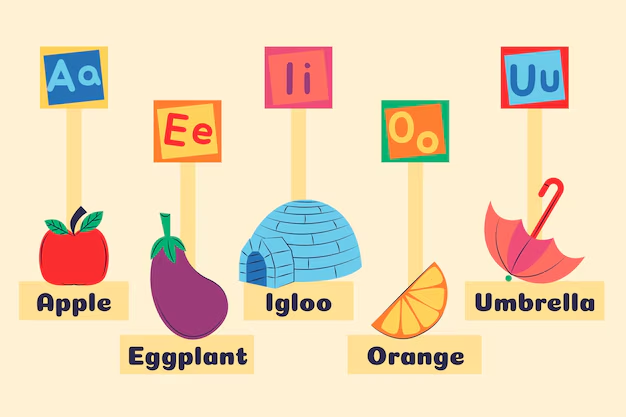An Interrelationship Digraph is Used to Understand and Solve Complex Problems
An Interrelationship Digraph (ID) is a powerful problem-solving and decision-making tool used in various fields, including business management, engineering, and project planning. It visually represents the cause-and-effect relationships among different elements of a system, enabling teams to identify the root causes of complex problems.
Key Uses of an Interrelationship Digraph
- Analyzing Complex Problems
The primary purpose of an Interrelationship Digraph is to analyze and break down complicated problems. By mapping out how different factors influence one another, the tool helps teams understand the web of interdependencies that contribute to an issue. - Identifying Root Causes
By highlighting the elements that have the most influence, the digraph makes it easier to pinpoint root causes rather than symptoms. This ensures that efforts are directed toward solving the core problem. - Decision-Making
In situations involving multiple factors and stakeholders, an ID helps prioritize actions by showing which elements have the greatest impact. This is especially valuable when resources are limited, and critical decisions must be made. - Planning and Strategy Development
Teams can use Interrelationship Digraphs to develop strategic plans by understanding how changes in one area might affect others. This ensures a holistic approach to decision-making. - Encouraging Team Collaboration
Creating an Interrelationship Digraph is often a collaborative process. Team members brainstorm and discuss the relationships between factors, leading to a shared understanding of the problem and fostering effective communication.
How to Create an Interrelationship Digraph
- Define the Problem
Clearly state the issue or goal to ensure everyone understands the focus. - Identify Key Elements
List the main factors, variables, or components related to the problem or objective. - Analyze Relationships
Evaluate how each element influences others. Use arrows to indicate the direction of influence (e.g., A affects B). - Count Connections
Determine the number of outgoing and incoming arrows for each element.- Elements with more outgoing arrows are likely root causes.
- Elements with more incoming arrows are typically effects or outcomes.
- Prioritize Actions
Focus on addressing the root causes identified through the analysis to resolve the problem effectively.
Real-World Applications
- Project Management
Helps project managers identify risks and dependencies that could affect project timelines and outcomes. - Quality Improvement
Used in Six Sigma and Total Quality Management (TQM) to analyze defects and improve processes. - Product Development
Assists in understanding market demands, customer feedback, and design challenges to create better products. - Education
Teachers and educational administrators use it to analyze factors affecting student performance or curriculum effectiveness.
Benefits of Using an Interrelationship Digraph
- Clarity: Simplifies complex systems by visualizing interdependencies.
- Focus: Highlights critical areas that need immediate attention.
- Collaboration: Encourages group discussions and collective problem-solving.
- Efficiency: Saves time by preventing unnecessary efforts on less impactful areas.
Conclusion
An Interrelationship Digraph is a versatile and effective tool for analyzing, understanding, and solving complex problems. By visualizing the connections between factors, it helps teams prioritize their efforts, make informed decisions, and implement solutions that address the root causes of issues. Whether in business, education, or personal projects, using an ID fosters a structured and collaborative approach to problem-solving.

